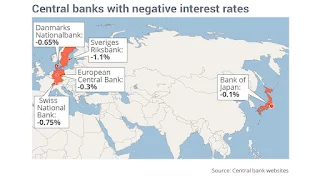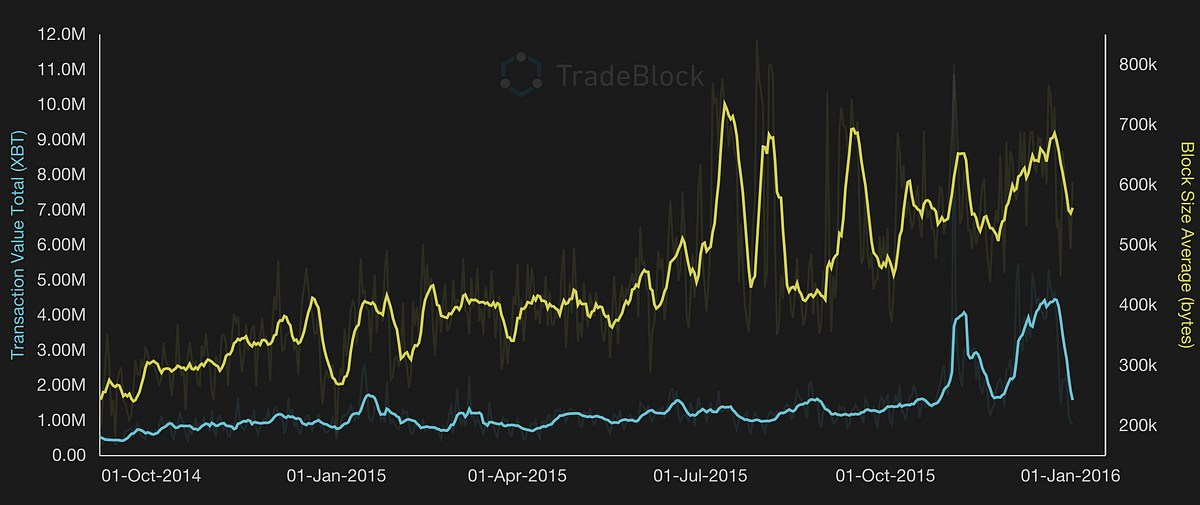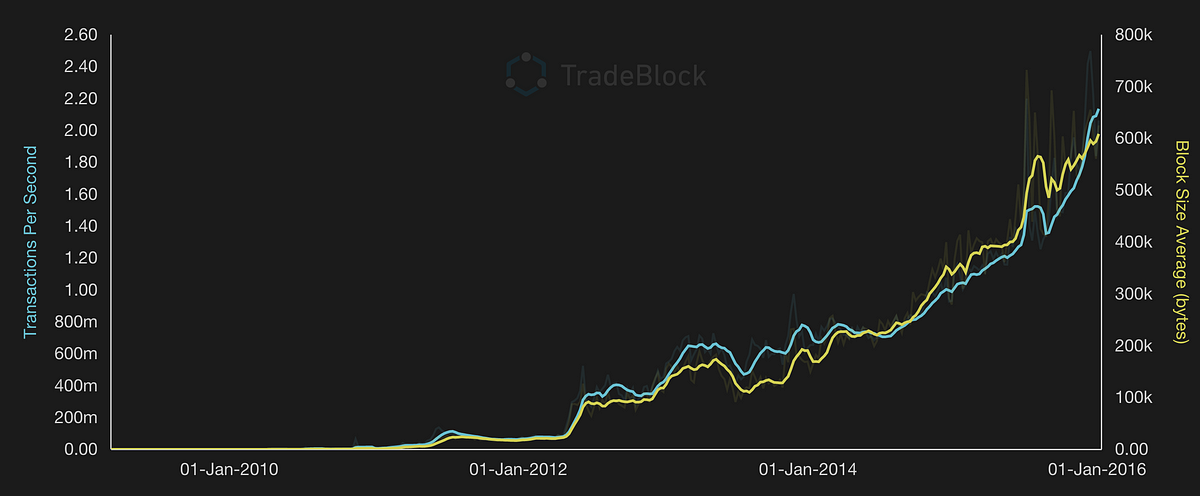BUT THAT'S THE PLAN - TO TURN AMERICA INTO MEXICO. WITH ABJECT POVERTY AND HOPELESSNESS ON EVERY CORNER. TO CREATE A POLICE STATE OF VIOLENCE AND DRUG CARTELS AND ALL THAT ENSUES THE NEW NORMAL.
Submitted by Derrick Broze via TheAntiMedia.org,
One of the major purported selling points for the
Trans-Pacific Partnership (TPP) is a supposed increase in new jobs as a
result of the controversial trade deal. The deal involves 12
nations, including the U.S., Australia, Canada, New Zealand, Japan,
Malaysia and more. However, two recent economic reports have
contradicted the claims that jobs will increase.
They have shown that, more than likely, the deal will lead to a loss of jobs.
First there was a World Bank
report that predicted that TPP would produce negligible boosts to the economies of the U.S., Australia, and Canada.
TechDirt writes:
“So
according to the World Bank’s figures, the U.S. will gain an extra
0.04% GDP per year on average, as a result of TPP; Australia an extra
0.07% annually, and Canada a boost of 0.12% per year.”
This study was followed up by a review from
Jerome Capaldo and Alex Izurieta at Tufts University. In a study titled
“Trading Down: Unemployment, Inequality and Other Risks of the Trans-Pacific Partnership Agreement,”
Capaldo and Izurieta claim their study uses a more realistic model than
past analyses. Specifically, the researchers state that their model
incorporates effects on employment that were previously excluded from
TPP calculations.
Their study found that economic growth is likely to be
limited — and negative — for some countries, including the United
States. The researchers also found the TPP would probably lead to increased unemployment and inequality. Capaldo and Izurieta explained:
“The
standard model assumes full employment and invariant income
distribution, ruling out the main risks of trade and financial
liberalization. Subject to these assumptions, it finds positive effects
on growth. An important question, therefore, is how this conclusion
changes if those assumptions are dropped.”
In the paper, the two researchers state that
changes in GDP growth are “mostly projected to be negligible.” After using two sets of growth figures, ten-year measurements, and annual averages, they concluded the TPP
“appears
to only marginally change competitiveness among participating
countries. Most gains are therefore obtained at the expense of non-TPP
countries.”
The fact that any gains — however negligible — will come at the cost
of non-TPP countries should be a warning to all nations of the world,
especially those who do not stand to benefit from the agreement.
Concerning predictions of actual job losses or gains, the researchers
write,
“TPP would
lead to employment losses in all countries, with a total of 771,000 lost
jobs. The United States would be the hardest hit, with a loss of
448,000 jobs.”
Finally, the researchers draw harrowing conclusions about the end result of the TPP.
“Globally, the TPP favors competition on labor costs and
remuneration of capital. Depending on the policy choices in non-TPP
countries, this may accelerate the global race to the bottom, increasing downward pressure on labor incomes in a quest for ever more elusive trade gains.”
This latest analysis of TPP job claims is even more dismal than a February 2015 analysis by the Washington Post, which revealed the U.S. government’s numbers on expected job increases from the TPP are not factually correct. The
Post’s
Fact Checker examined several quotes from government officials,
including Secretary of State John Kerry and Secretary of Agriculture Tom
Vilsack. Both Kerry and Vilsack claimed the international trade
agreement would create 650,000 new jobs. However, these numbers do not
take into account income gains and changing wages. According to the
government’s own sources, imports and exports would increase by the same
amount — resulting in a net number of zero new jobs.
The TPP has faced criticism for several years, not least
because it has been negotiated in secret with overwhelming influence
from multinational corporations. In late June 2015,
President Obama signed into law
the so-called “fast-track” bill, which set the stage for approval of
the TPP. “Fast-track” limits Congress’ ability to alter the provisions
of the trade deal, and only allows a vote of yes or no. The final terms
of the deal were agreed upon in October 2015, and the full text of the
agreement was released in November.
The earliest Obama can sign the deal is February 4, 2016.
Following the release of the text of the TPP, journalist James Corbett released an
excellent report
examining the effects of the proposal. Corbett concludes that the most
egregious portions relate to the Investor-State Dispute Settlement
(ISDS) Mechanism, intellectual property, and food safety standards.
According to the report,
ISDS will give corporations
loopholes to escape accountability and empower international bodies,
overriding the national sovereignty of signing nations. Under
ISDS, foreign corporations would be allowed to appeal legal decisions to
international tribunals, rather than face domestic courts. Critics fear
this could lead to a loss of sovereignty and the enrichment of
transnational corporations.
In late 2015, Anti-Media reported the TPP might not be voted on until after the 2016 presidential elections, or possibly into the next presidential term, according to Senate Majority Leader Mitch McConnell.
In an
interview with the Washington Post, McConnell said he does not support the idea of voting on the TPP before the election. “
It certainly shouldn’t come before the election. I don’t think so, and I have some serious problems with what I think it is,” he said. “
But
I think the president would be making a big mistake to try to have that
voted on during the election. There’s significant pushback all over the
place.”
“We will continue working with Congressional leaders to pass the Trans-Pacific Partnership as soon as possible next year,” Brandi Hoffine, a White House spokeswoman, told the Post on Thursday. On Friday, White House Press Secretary Josh Earnest
told reporters, “
Our
view is that it is possible for Congress to carefully consider the
details of this agreement and to review all the benefits associated with
this agreement … without kicking the vote all the way to the lame-duck
period.”
Recently, the Electronic Frontier Foundation also
released a report on the dangers of the TPP. EFF writes:
“Everything
in the TPP that increases corporate rights and interests is binding,
whereas every provision that is meant to protect the public interest is
non-binding and is susceptible to get bulldozed by efforts to protect
corporations.”
The EFF’s report offers “a list of communities who were excluded from the TPP deliberation process,” and examples of “the main ways that the TPP’s copyright and digital policy provisions will negatively impact them.”
These communities include Innovators and Business Owners; Libraries,
Archives, and Museums; Students; Impacts on Online Privacy and Digital
Security; Website Owners; Gamers; Artists; Journalists and
Whistleblowers; Tinkerers and Repairers; Free Software; and Cosplayers
and Fans of Anime, Cartoons, or Movies.
Before the deal was signed, fifteen different organizations
issued an open letter asking TPP negotiators to provide public
safeguards for copyrighted works. These groups include
Australian Digital Alliance, Consumer NZ (New Zealand), Copia Institute
(United States), Creative Commons (International), Electronic Frontier
Foundation (United States, Australia), Hiperderecho (Peru), Futuristech
Info (International), Global Exchange (International), iFixit
(International), New Media Rights (United States), ONG Derecho Digitales
(Chile), Open Media (Canada), Public Citizen (United States), and
Public Knowledge (United States).
The authors of
the letter
state copyright restricts important, everyday use of creative works.
The groups call on the negotiators to be open to new changes that
require participating nations to develop balanced and flexible rules on
copyrights. Also highlighted in the letter are
four key concerns from the organizations, including
retroactive copyright term extension, a
ban on circumvention of technology protection measures, “h
eavy-handed criminal penalties and civil damages,” and
trade secret rules that could criminalize investigative journalism and whistleblowers reporting on corporate wrongdoing.
As the
EFF writes, “
Despite its earlier promises that the TPP would bring ‘greater balance’ to copyright more than any other recent trade agreement, the most recent leak of the Intellectual Property chapter
belies their claims. The U.S. Trade Representative (USTR) has still
failed to live up to its word that it would enshrine meaningful public
rights to use copyrighted content in this agreement.”
The TPP is not only facing resistance from electronic privacy
groups, but from grassroots activists and concerned professionals
around the world. Both the Anglican and Catholic churches of New Zealand have demanded governments be more transparent about the negotiations.
Radio NZ reports
that bishops from the churches are concerned with the lack of openness.
They are worried corporate interests are influencing the agreement
while the people are excluded. The churches also called on the New
Zealand government to make the draft text of the agreement public.
Doctors Without Borders released a
statement following the conclusion of negotiations:
“Doctors
Without Borders/Médecins Sans Frontières (MSF) expresses its dismay
that TPP countries have agreed to United States government and
multinational drug company demands that will raise the price of
medicines for millions by unnecessarily extending monopolies and further
delaying price-lowering generic competition. The big losers in the TPP
are patients and treatment providers in developing countries. Although
the text has improved over the initial demands, the TPP will still go
down in history as the worst trade agreement for access to medicines in
developing countries, which will be forced to change their laws to
incorporate abusive intellectual property protections for pharmaceutical
companies.”
In early February 2015, doctors and health professionals representing
seven countries released a letter warning the TPP will lead to higher
medical costs for all nations. The letter, published in the
Lancet Medical Journal,
states,
“Rising medicine costs would disproportionately affect already vulnerable populations.”
Those doctors called on the governments involved in the trade deal to
publicly release the full text of the agreement. They also demanded an
independent analysis of the effects on health and human rights for each
nation involved in the deal.















